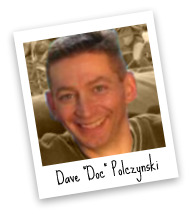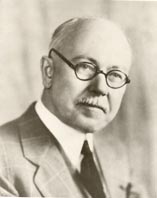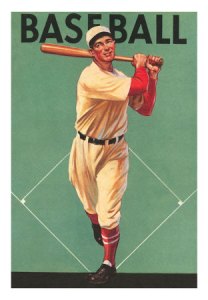“Wow! Ken’s just giving away valuable tips I can use to grow my business…
 “Happy customers are easy to find, but getting a strong testimonial can be challenging. Ken sent me his free ‘Tip Sheet for Powerful Testimonials.’ Now I am very excited to start applying the principles he shares.
“Happy customers are easy to find, but getting a strong testimonial can be challenging. Ken sent me his free ‘Tip Sheet for Powerful Testimonials.’ Now I am very excited to start applying the principles he shares.
“I know I can grow my word of mouth advertising with this information. Ken is giving away years of experience for free, but…
“I’d call this Tip Sheet priceless!”
–Cathy Harris, Denver CO
Business Development Consultant (Allegra Network) and Denver Marketing Examiner
Write your own headline for my 5/07 post to
get a FREE email copy of my personal
“Quick Guide to Powerful Testimonials.”
Cool Tip: This stuff is NOT only for you veteran, PRO copywriters. If you just host a popular blog, or run a small business, or want to help a pal who does… this is for you, too.
Don’t expect your happy customers to be great writers.
That’s not their job. It’s YOUR job.
I used to stress over not having powerful quotes from my customers. I had tons of “decent” ones (from absolutely thrilled buyers), but not the real gold nuggets I wished for… then I woke up and realized I can apply my copywriting skills to a solution: My private little two-page Testimonials Power Guide was born.
This may be the most effectively valuable two pages of information I ever put down on a sheet of paper.
Mind you, I’m no genius. This is not rocket science. Just basic “marketing content” fundamentals in action. It took me several years to learn every step I put in the guide. I learned, for instance, that:
A strong testimonial must be replicable, emotional and credible. Page one of my personal “cheat sheet” explains how to select and solicit raw quotes that hold these and other strengths, though maybe hidden under some rough exterior.
Writers can (and should) work our “magic” on the best quotes we can find, to take them to the next level. Page two of this compact guide notes how I trim the fat, re-arrange some furniture, tidy up the rough edges, maybe (with the customer’s review and permission) make more critical changes… it all ends with a cautionary tip on legal issues we should all keep as a reminder.
When I compiled everything from random little yellow notes all over my desk, and saw it fit nicely in such a small space… I almost didn’t do anything with it.
But I knew, from experience and testing, what value I could get from keeping such a hard-won bunch of self-training close at hand. After all, I have to deal with new marketing campaigns every day–and no ad space ever existed that a quote can’t help. Quality customer testimonials are the solid stamp-of-approval you can get nowhere else.
So I printed the two pages on opposite sides of a single heavy-stock sheet. Laminated that sucker. And hung it on the wall where I’d see it while I worked. It’s been there ever since. That’s how valuable this information is to me.
That’s the information I will give you. Free.
I repeat on this blog often: there’s no mailing list. You don’t end up getting constant emails from me, pitching you some new spin-off crash course or “Inner Circle” hot-seat training program. No. Ick.
I just want to share.
All I ask in return is that you take a moment to be part of the conversation here on this blog. Specifically, I invite you to take a shot at the little writing challenge you’ll find on the post linked below…
Can YOU write a better headline than me?
You’ll want to read through the post first, of course, to have a good sense of the challenge goal. That part will take you four or five minutes, but if you’ve come this far I bet you’ll find it useful information. For ANY contribution at all to the “contest” I will give you a free copy of my Testimonials Power Guide. Even better than that–
I’ve got a “money” prize for the best entry:
On May 18th I will review all the comments and entries for this challenge, and replace the headline I wrote for that post with the one I choose as the winner–the best re-write from a reader. If that headline is one that you sumitted, then I will also email you a $10 gift code from iTunes. I hope you’ll consider having a go.
Like I said, my personal guide to crafting good customer quotes into great testimonials is a small, simple document. Nothing fancy, so you ought not get disappointed at the somewhat plain look of it. No, it’s the practice you’ll get over weeks, months and years spent using the principles inside that will prove the value for you.
If you’d like a copy, please visit the link above and share one headline idea.
Thanks!





